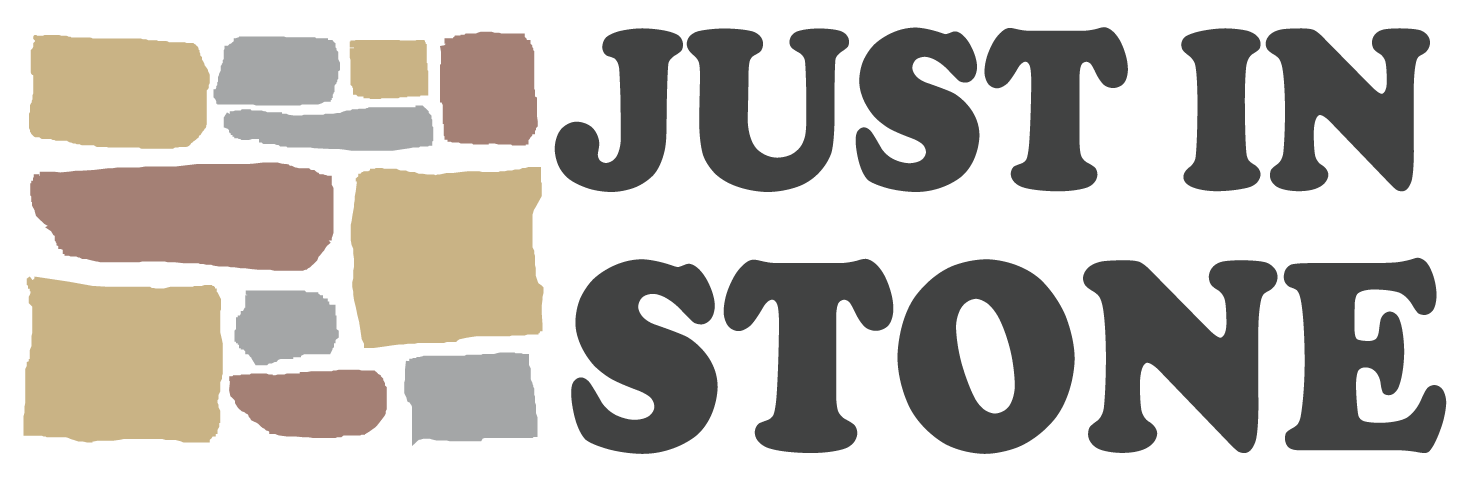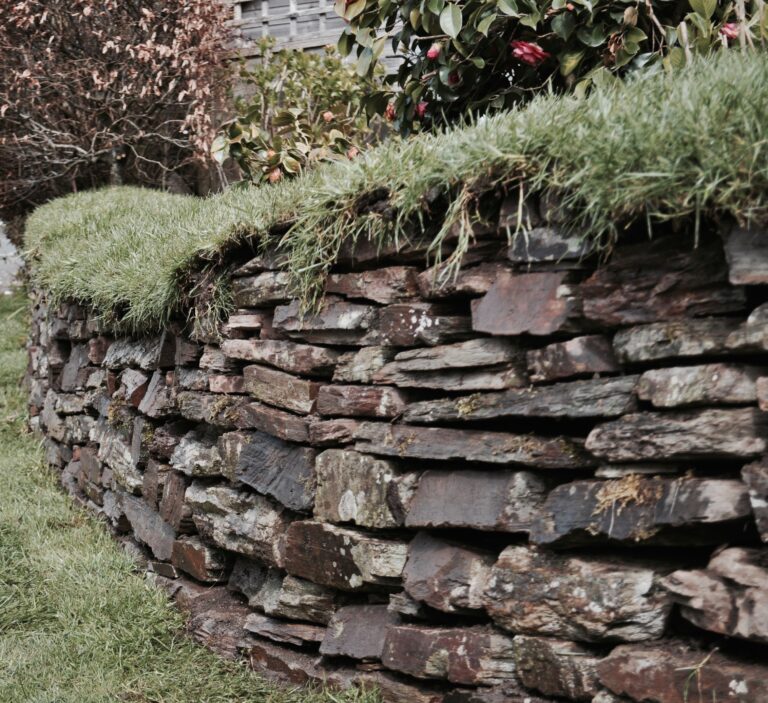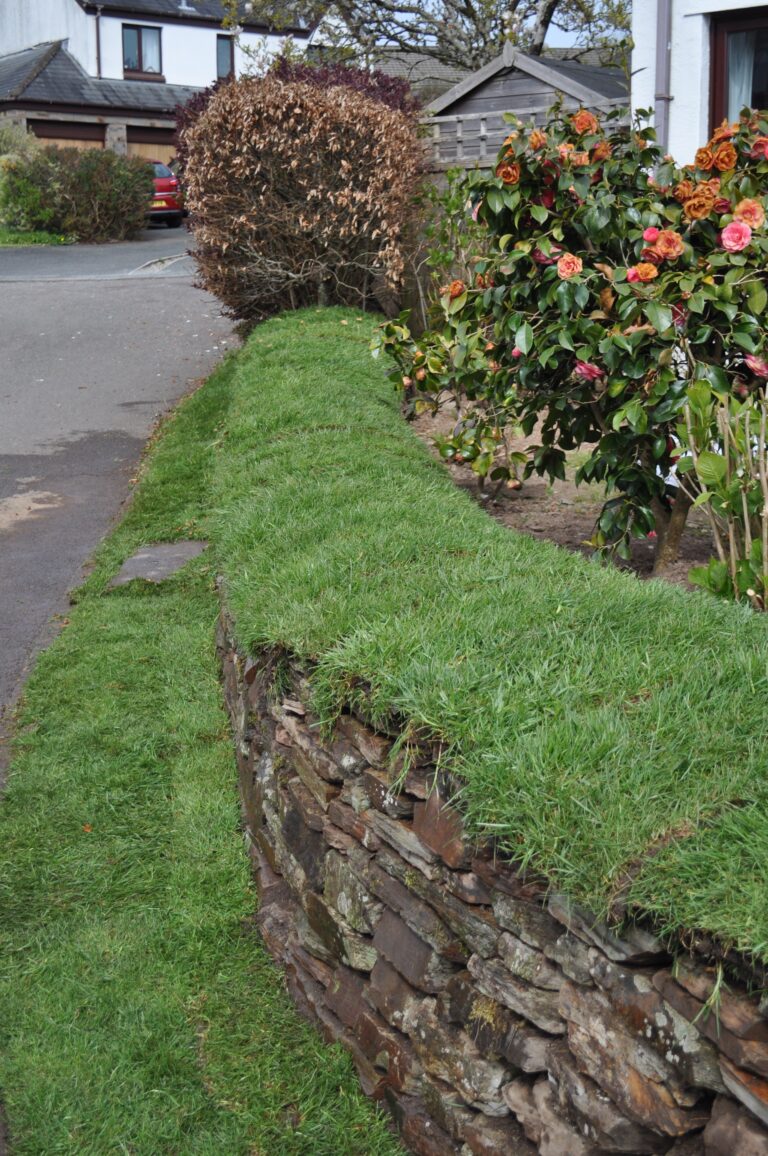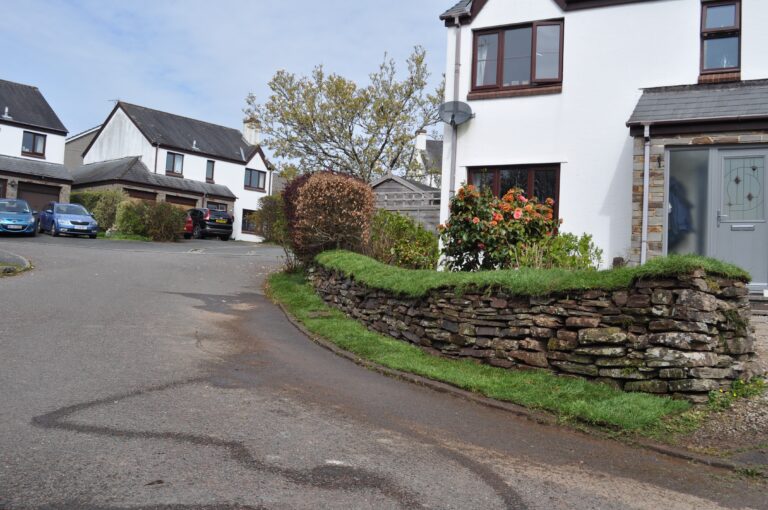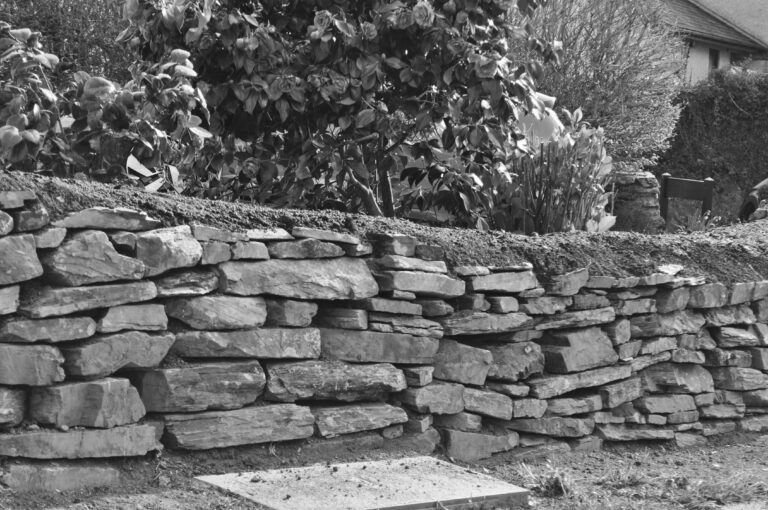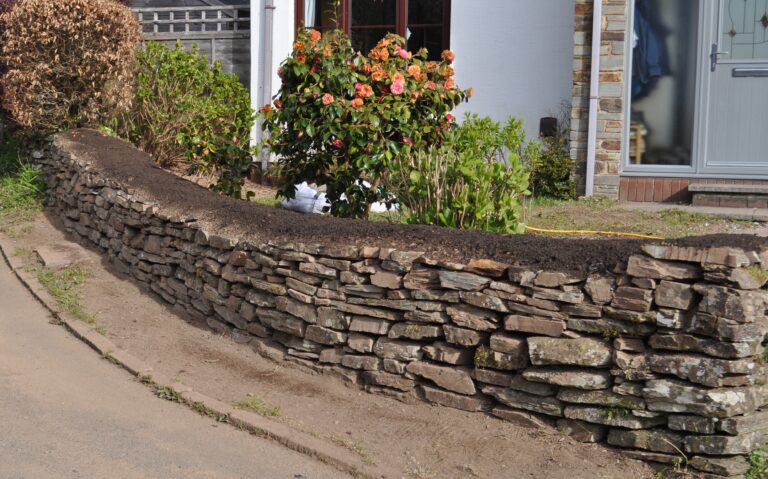Stonefaced Banks and Hedges
Stonefaced Banks and Hedges
Fundamentally a stone faced bank is simply that, a bank that has been carefully and meticulously faced with stone to give it the appearance of what many assume to be a drystone wall.
However unlike a drystone wall the core of a bank or a hedge is made up of earth in the majority of cases. There are many local, regional and national variations to these structures and Cornwall and Devon are no exception to the differing styles and make up of our walls, banks, hedges and field systems. Indeed these differences make our network of walls banks and hedges the spectacle they are. Not only are there differences in aesthetic style but there are differences in height and batter too. Even the stone that the mason uses to construct the intended feature differs in terms of the type of stone used and how the wall is visually created and completed.
The typical Cornish hedge is a stone-faced earth hedgebank with bushes or trees growing along its top. It is called a “hedge”, never a “hedgerow” or “wall”. A Cornish hedge also has its own specific dimensions and batter unique to this style of hedge. Traditional hedges were often constructed using field stone or whatever hedging stone could be found nearby. Today quarries will mechanically cut and face the stone giving the overall appearance some would say as more contemporary and defined as is the wishes of the client. The stone used to create walls and hedges across our Moorlands have been shaped by nature herself.
The ‘Devon Bank’ typically consists of a large bank, with laid hedge shrubs on top and in some cases much larger mature hedge trees planted at wider intervals along its length. Adjacent ditches and stone-faced revetting of the bank were also common practices to aid drainage and provide support. Hedges in Devon are an important part of the distinctive character of the County with medieval hedges in particular contributing to the irregular network of small fields and deep lanes which define the rural landscape.
Banks and Hedges across our two counties are an integral part of our landscape. Seldom do they ever follow a straight line but instead follow the meandering contours and topography of the land. Put simply there is no point working against nature this is no more a truer statement than in the context of constructing of our walls, banks and hedges. They are all shaped by the land or as some would say “follow the country”.
